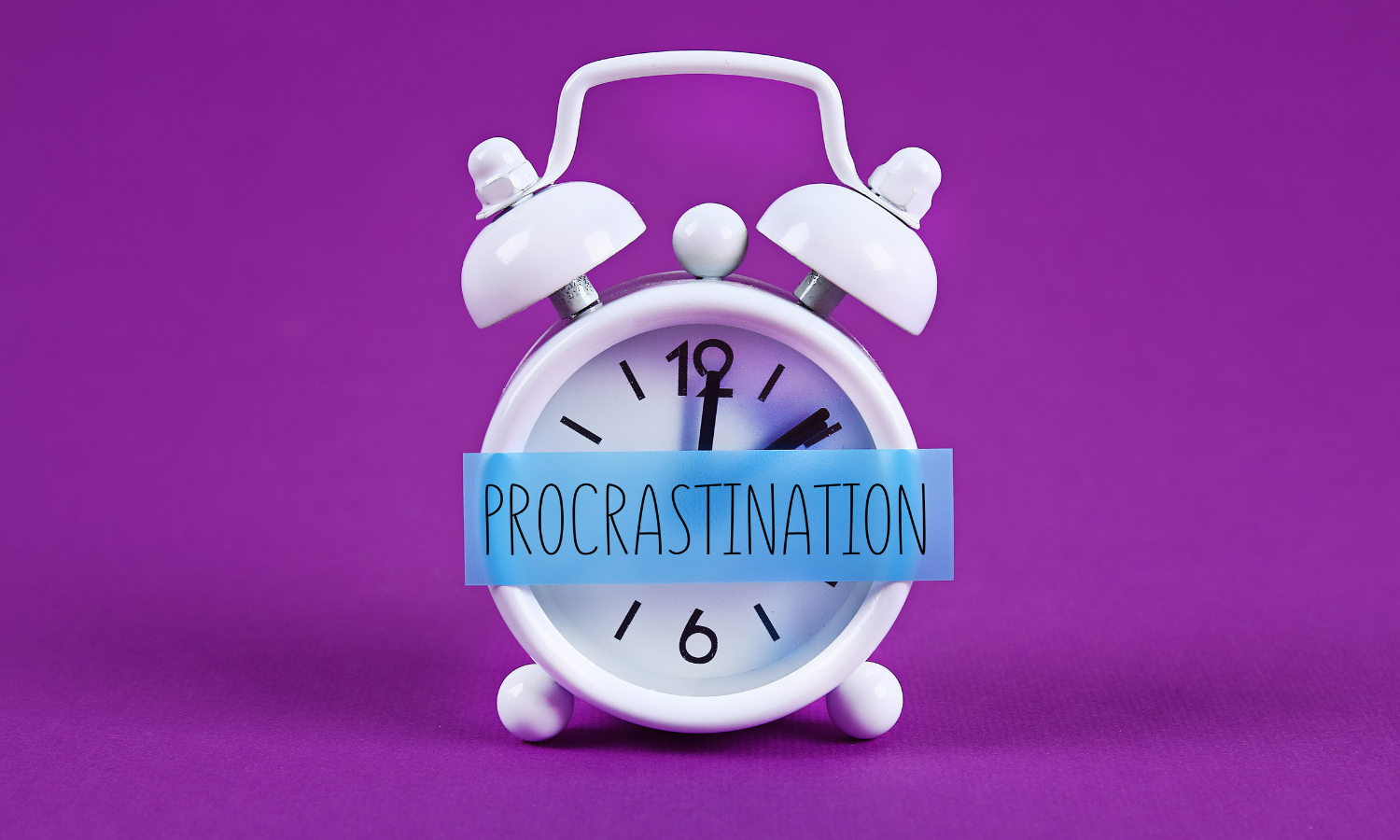Making Your Resume Stand Out: It’s All in the Details
September 07, 2022
September 07, 2022

April 16, 2024
By Sharine Sample, Regional Workforce Development Manager Do you often procrastinate at work? Trick question, because at some point we’ve all been guilty of putting off a task until the last minute. Procrastination on the job can lead to a lower ... read full story

March 12, 2024
By Sharine Sample We’ve all been in conversations at work where the person you’re talking to doesn’t seem to be paying attention to what you’re saying. It’s frustrating when you can tell that the other person just isn’t listening. But in all hones... read full story

October 09, 2023
By Sharine Sample In every job you’ve had, you’ve probably noticed that some employees seem to stand above the rest. They are the people that everyone looks to, and they’re known as someone who “gets things done.” That person is not necessarily in... read full story